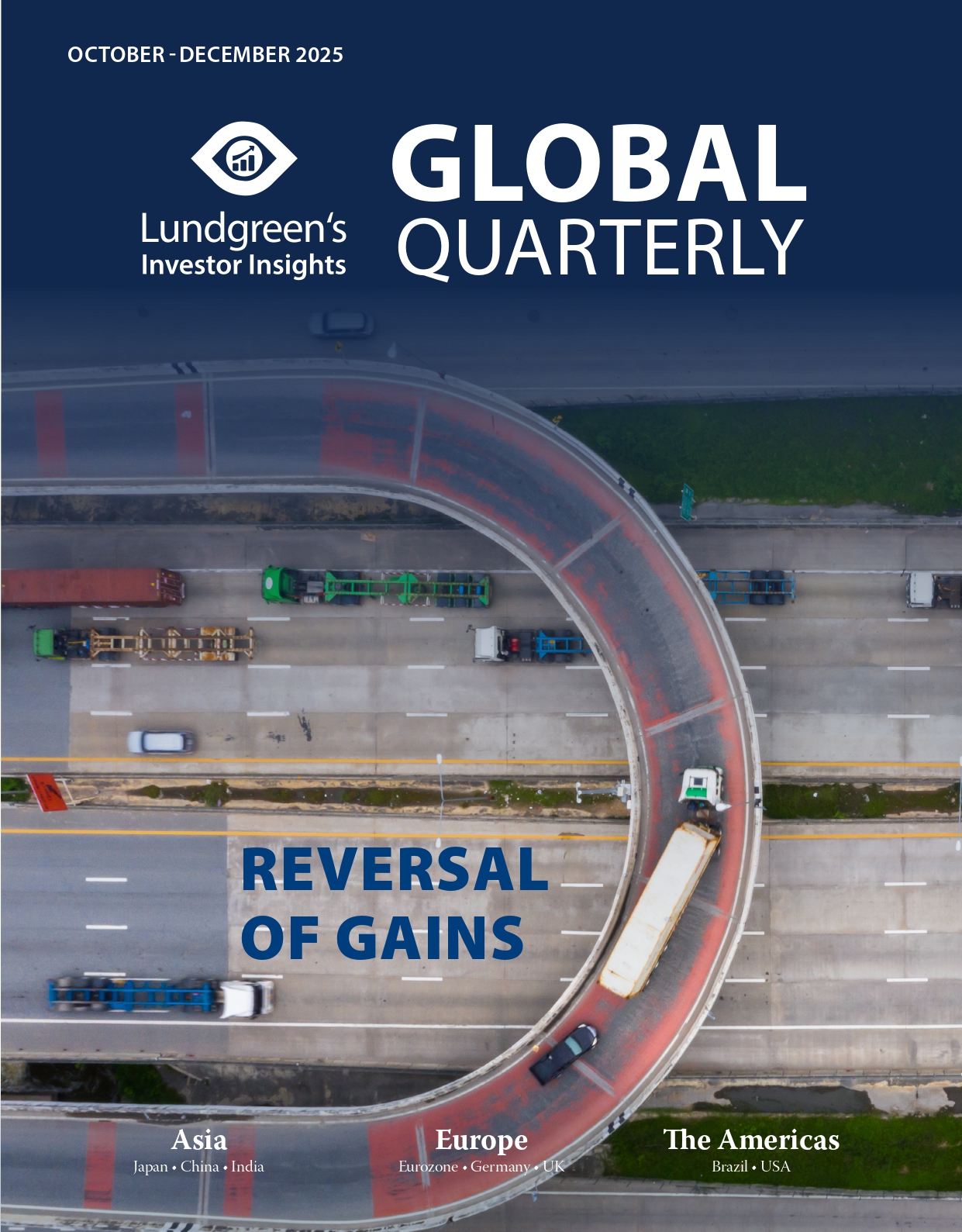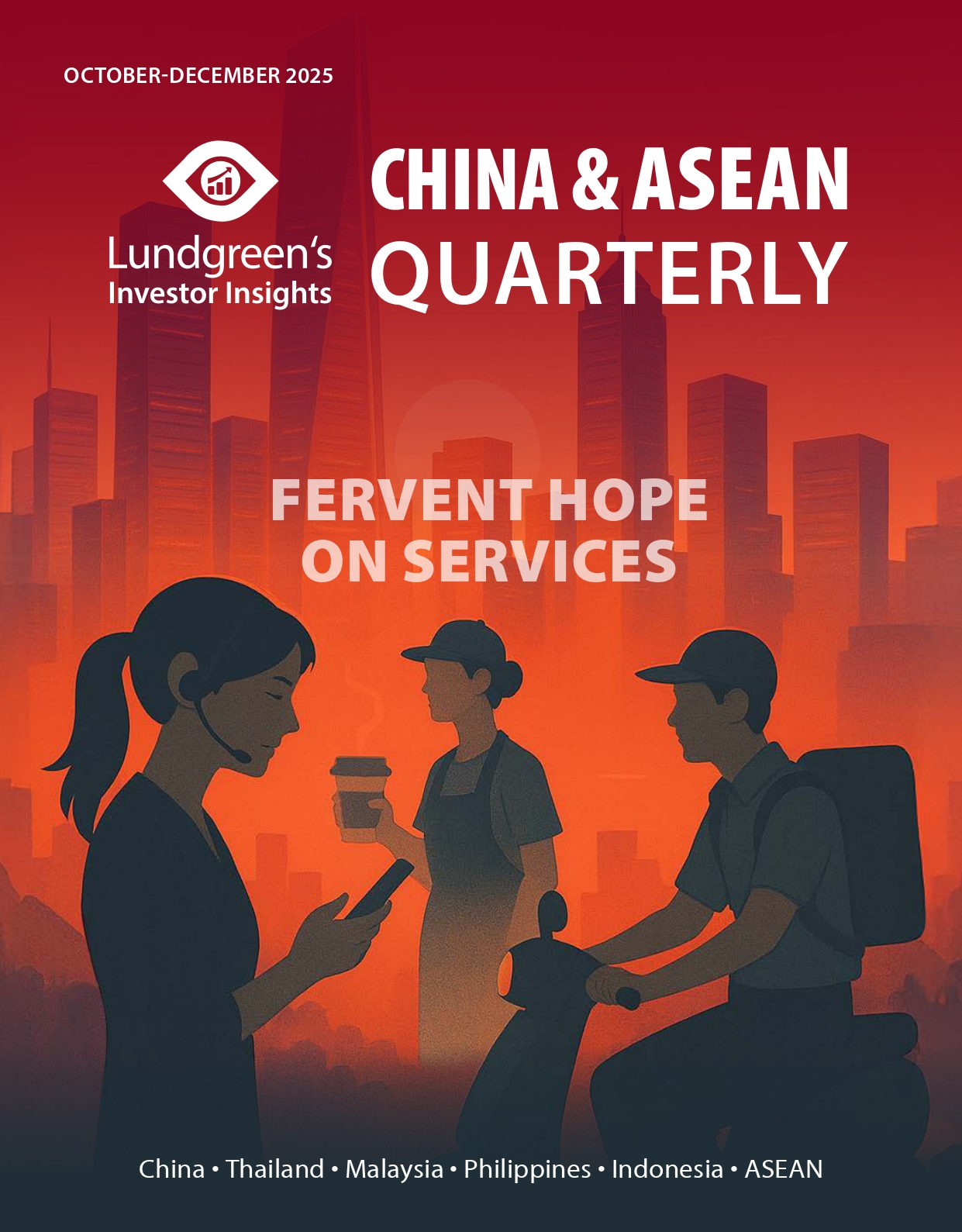Next Week in China: 4-8 August 2025
Major Data Releases:
- 5 August: Caixin to report July Services PMI for China
- 7 August: China to report July trade balance
- 7 August: China to report July level of foreign exchange reserves
- 8 August: China to report July M0, M1 and M2 money supply growth rates
- 8 August: China to report July Total Social Financing (TSF)
- 8 August: China to report July new renminbi loans
- 9 August: China to report July Consumer Price Index (CPI)
- 9 August: China to report July Producer Price Index (PPI)
Next week, by convention, will be marked as a period of substantial data releases concerning the Chinese economy.
For producer prices, we expect the year-on-year growth rate in July to be around -2.8 per cent. In June, China’s national industrial producer ex-factory prices declined by 3.6 per cent and by 0.4 per cent on a month-on-month basis, sustaining the trend decline in the PPI since October 2022. Looking at July, high-frequency data suggest that prices increased while volumes declined, indicating that supply and demand are seeking a new equilibrium at a lower level and that economic growth may be slowing. Several marginal changes are worth noting based on the high-frequency indicators: first, price indices have shown signs of improvement, with the pace of year-on-year decline easing. This may be mainly due to the growing momentum of “anti-involution” or price war crackdown policies, which have lifted expectations and driven asset prices to levels largely influenced by policy sentiment.
Second, the real estate sector has shown signs of weakening as both month-on-month and year-on-year sales growth turned negative. From a year-on-year perspective, commercial housing sales in July declined once again while overall sales slowed. As of 18 July, the average daily transaction area for commercial housing in 30 major cities fell by 22.23 per cent compared to the same period in 2024, a steeper drop than June’s 8.39 per cent decline. Real estate sales also weakened month-on-month, with the average daily transaction area tracking 15.85 per cent lower than in June, and a significant drop compared to the 21 per cent month-on-month increase in May.
Third, consumption spending in July likely remained resilient. Although trade-in subsidies for gadgets and home appliances were temporarily exhausted in some provinces and cities, the summer holiday season generated strong travel demand. The continued rise in cultural and tourism-related consumption likely served as an important driver of consumer activity.
For TSF, we anticipate that the growth rate in the second half of 2025 will be moderate. The share of government bonds in the incremental TSF is expected to decline, and the issuance of special refinancing bonds is nearing completion. Although local government special bonds and special sovereign bonds will continue to be issued steadily, the high base effect caused by the rollout of a comprehensive fiscal stimulus package in the fourth quarter of 2024 will pose pressure on year-on-year growth. At the same time, it will be difficult to reverse the subdued credit demand from the household sector in the second half given weak commercial housing sales.
China stocks are down week-on-week, snapping a strong rally seen earlier in July. As of Thursday, 31 July, the MSCI China Index had decreased by 2.38 per cent from the previous week’s close. The Shanghai Composite Index fell by 0.57 per cent, the Shenzhen Component Index by 1.42 per cent, and the ChiNext Index by 0.5 per cent. During this period, large-cap stocks slightly outperformed small- and mid-cap stocks. From a style perspective, growth stocks continued to outperform value stocks.
Looking ahead, the strength of the government’s “anti-involution” policies has significantly exceeded market expectations. Recently, relevant ministries have implemented policies targeting price wars in various sub-sectors. This top-down approach to policy execution is likely to become one of the most important themes of this policy cycle and is expected to reinforce expectations for medium- to long-term supply-side improvements. Positive factors are steadily accumulating, risk appetite towards China assets continues to improve, and optimism is gradually building. However, with the interim earnings season approaching, corporate performance will soon be put to the test. On the macroeconomic front, the economy remains under pressure and domestic demand still needs further strengthening. In addition, the implementation of new tariffs is expected to cause some drag on goods exports. Overall, while the medium- to long-term trend remains positive, short-term disruptions and uncertainties persist.
This piece has been co-produced with Yiyi Capital Limited in Hong Kong, a China specialist and a part of a global financial services group.







